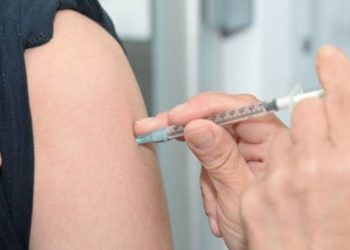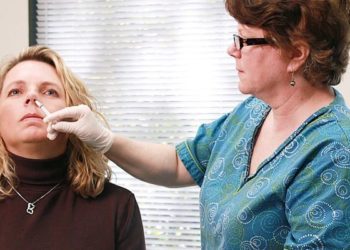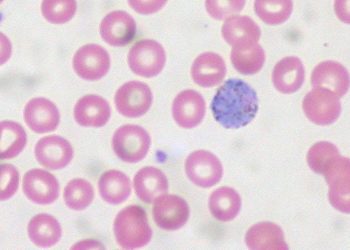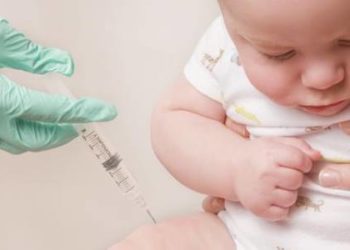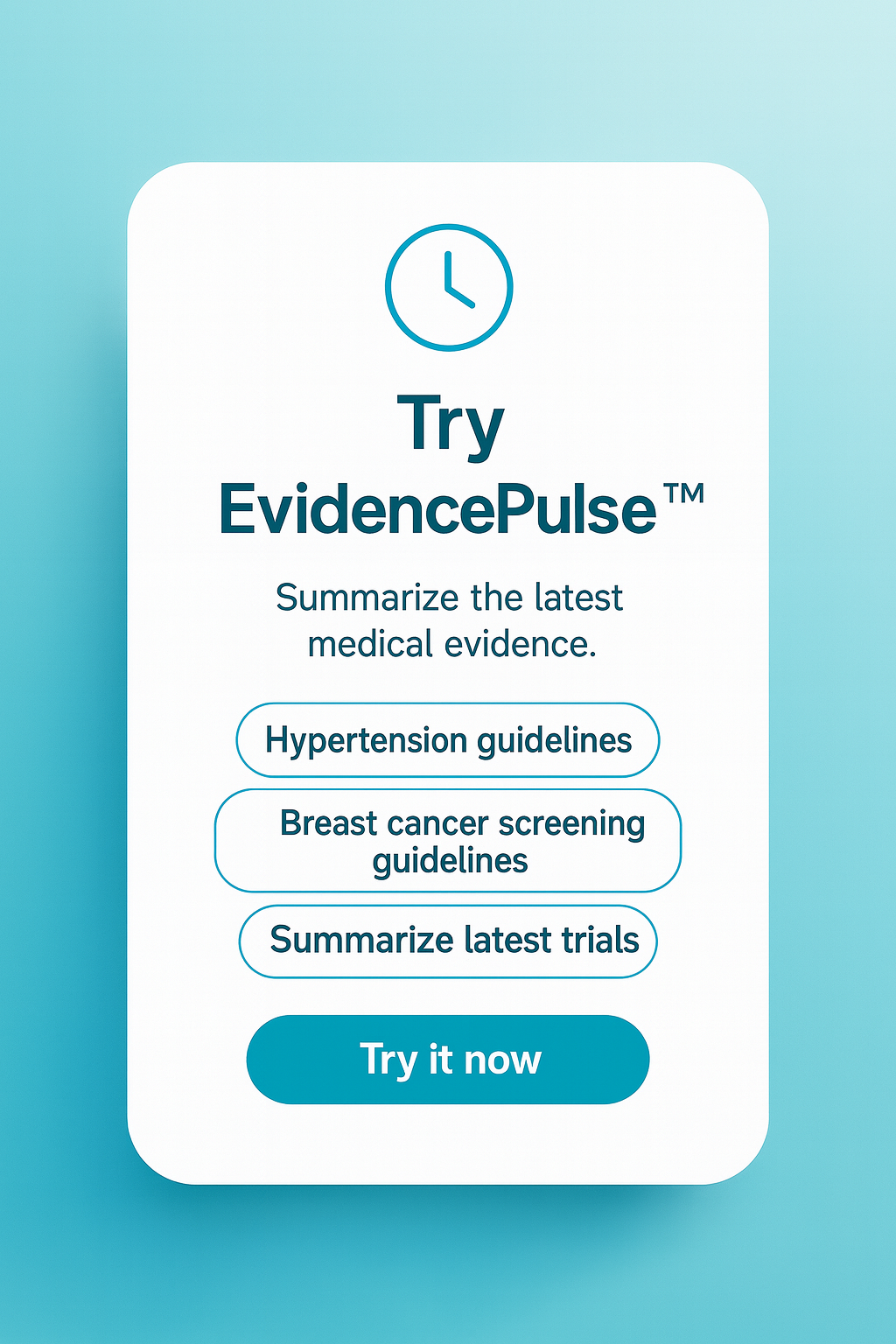Decline in pediatric herpes zoster associated with varicella vaccine
1. In a retrospective cohort study, researchers discovered that children vaccinated with the varicella vaccine were significantly less likely to have herpes zoster (HZ) than unvaccinated children.
2. Over the 12-year time period assessed, researchers found the overall rate of HZ decreased significantly, with the incidence among vaccinated children being lower than those who were unvaccinated.
Evidence Rating Level: 2 (Good)
Study Rundown: In 1996, the Advisory Committee on Immunization Practices (ACIP) recommended universal vaccination with the varicella zoster vaccine, a live attenuated vaccine. The vaccine can, like the wild-type virus, be associated with reactivation of the latent herpes zoster (HZ) virus. Prior studies demonstrated that children in certain age groups had a lower rate of HZ after vaccination with the varicella vaccine while others, particularly younger children, experienced higher rates of HZ after vaccination. In this retrospective cohort study, researchers explored whether varicella vaccination was associated with a lower incidence of HZ, the trends in HZ rates overall, and the rate of varicella vaccination. During the study period, about half of the children included were vaccinated at some point. The incidence of HZ was significantly lower among patients who were vaccinated, and the rate of HZ declined over the 12-year period investigated. The study is strengthened by the observation of a large population of children over many years. This longitudinal nature allows the study to more accurately compare the risk of long-term reactivation between vaccinated and wild-type infected children. In the commentary linked below, it is noted that the increased incidence of HZ in younger children seen in previous studies was likely secondary to vaccination at a young age, prior to many children contracting wild-type varicella. Though the study is limited by the variability in vaccination schedule employed across the various study sites, the results still affirm the ACIP recommendation for universal vaccination for varicella given the efficacy in decreasing reactivated zoster demonstrated despite this variability.
Per study author Sheila Weinmann, PhD, Senior Investigator at the Kaiser Permanente Northwest Center for Health Research:
“In our study, vaccination against chickenpox was associated with considerably reduced likelihood of shingles in children, highlighting the dual benefits of the chickenpox vaccine. This is important information for clinicians and parents to have as they make health care decisions for their children.”
Click here to read the article, published today in Pediatrics
Click here to read the accompanying commentary, published in Pediatrics
Relevant Reading: Varicella zoster vaccines and their implications for development of HSV vaccines
In-Depth [retrospective cohort]: Researchers evaluated children less than 18 years old at any point from January 1, 2003, to December 31, 2014, who were patients at any of the Centers for Disease Control and Prevention–sponsored Vaccine Safety Datalink sites, including facilities in California, Colorado, Washington state and Wisconsin. A total of 6 372 067 children were included in the analyses (49% female) and 3 186 732 (50%) received at least one varicella vaccination during the study period. The proportion of children who received 1 or more doses of the two-dose varicella vaccine regimen ranged from 27% to 52% in 2003 and from 82% to 91% in 2014 when grouped by site. The crude rate of HZ among children who were vaccinated was 38 per 100 000 person years, 78% lower (82% lab-adjusted) than the 170 per 100 000 person years rate in children who were unvaccinated (p < .0001). The overall HZ incidence rate declined by 72% over the course of the study period, from a peak rate in 2005-2007 to its lowest rate in 2014 (p < .0001). The incidence of HZ declined over the study period among patients who were vaccinated (p < .0001) and was consistently lower the number of children who were unvaccinated. Among children age 4 or older who were vaccinated, the incidence of HZ was 28.47 cases per 100 000 person years for those who received 1 vaccine dose and 14.11 cases per 100 000 person years for those who received 2 doses (p < .0001).
Image: PD
©2019 2 Minute Medicine, Inc. All rights reserved. No works may be reproduced without expressed written consent from 2 Minute Medicine, Inc. Inquire about licensing here. No article should be construed as medical advice and is not intended as such by the authors or by 2 Minute Medicine, Inc.

